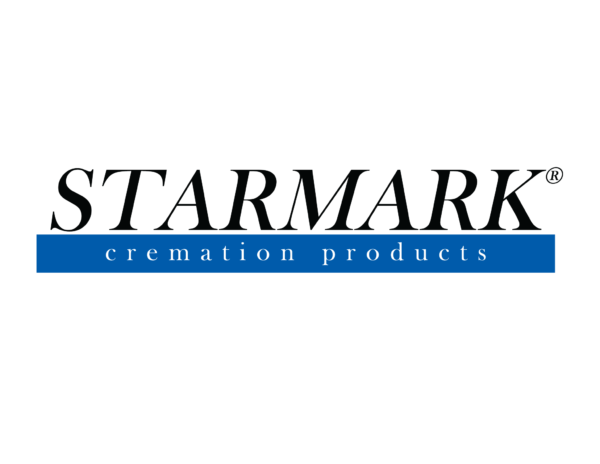Concern for Environment Boosts Cremation
 Environmental concerns have driven numerous changes in behavior over the past few decades, affecting everything from how we drive to what we eat.
Environmental concerns have driven numerous changes in behavior over the past few decades, affecting everything from how we drive to what we eat.
But now it is having an effect not only on how we live, but also what happens after we die.
According to a survey by the Cremation Association of North America, saving land was the third most commonly given reason for choosing cremation as a way of disposing of one’s remains. (The top two were saving money and convenience.)
Darlene Willey Sliwa, owner of New England Funeral & Cremation Center, LLC, in Springfield, said that in her experience, people choose cremation largely because of the flexibility and simplicity it affords, as well as for the environmental aspect mentioned above.
“People call regularly looking for ways to celebrate their loved ones’ lives in a unique way, and sometimes an urn works better for certain types of memorial services,” she said. “And cremation allows for more flexible scheduling.”
Although cremation can be less expensive, that aspect depends on many factors, Sliwa noted. New England Funeral & Cremation Center does both cremation and traditional burials, and Sliwa said that the important thing is for people to decide what works best for them.
But if recent trends are any indication, cremation seems to be working better for an increasing number of Ameri- cans. Statistics from the Cremation Association of North America show that the percentage of total U.S. deaths resulting in cremation was 27.01 percent in 2001, but 32.28 percent in 2005.
In Massachusetts, the number jumped from 23.53 percent in 2001 to 29.67 percent in 2005. The association also projects that Massachusetts will embrace cremation even more – jumping to 32.86 percent by 2010.
The projections for the nation as a whole are even more convincing in the case for cremation: 39.07 percent projected for 2010 and 57.27 percent estimated for 2025.
Based upon increases in acceptance of the practice, the Cremation Association of North America predicts a national cremation rate of 43 percent by 2025 with more than 1.4 million cremations taking place. This shift from traditional burial to cremation has also boosted the sale – and creation – of urns. No longer is the traditional bronze urn the only choice.
Now highly decorative urns made of marble, ceramic and even biodegradable materials – for those being used for burial in the ground or at sea – are available. There are even themed urns, ones that can represent a favorite activity, such as golf, of the deceased.
Scattering the cremains, however, remains the most popular way of disposing ashes (at 39 percent); other popular disposal methods besides burial (24 percent) is simply to take them home (which 10 percent of survey respondents said they would do).
Based upon increases in acceptance of the practice, the Cremation Association of North America predicts a national cremation rate of 43 percent by 2025 with more than 1.4 million cremations taking place.
Source: MassLive



